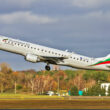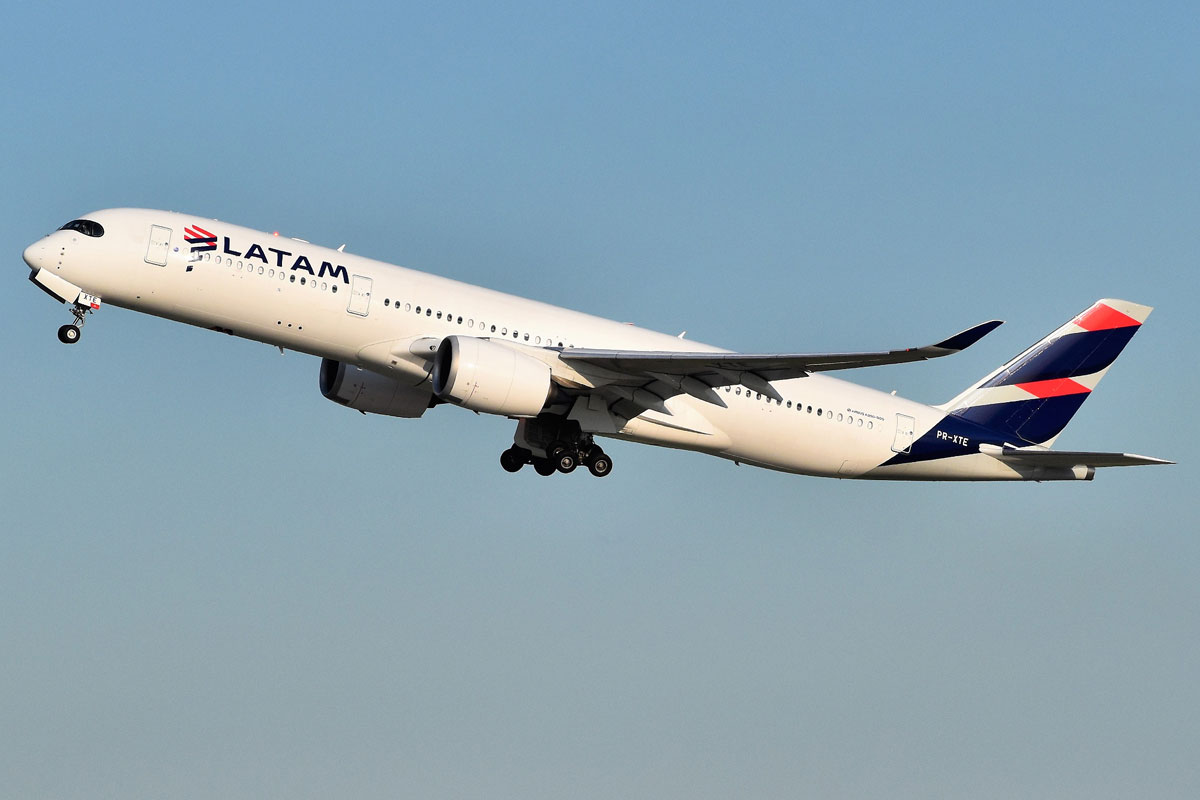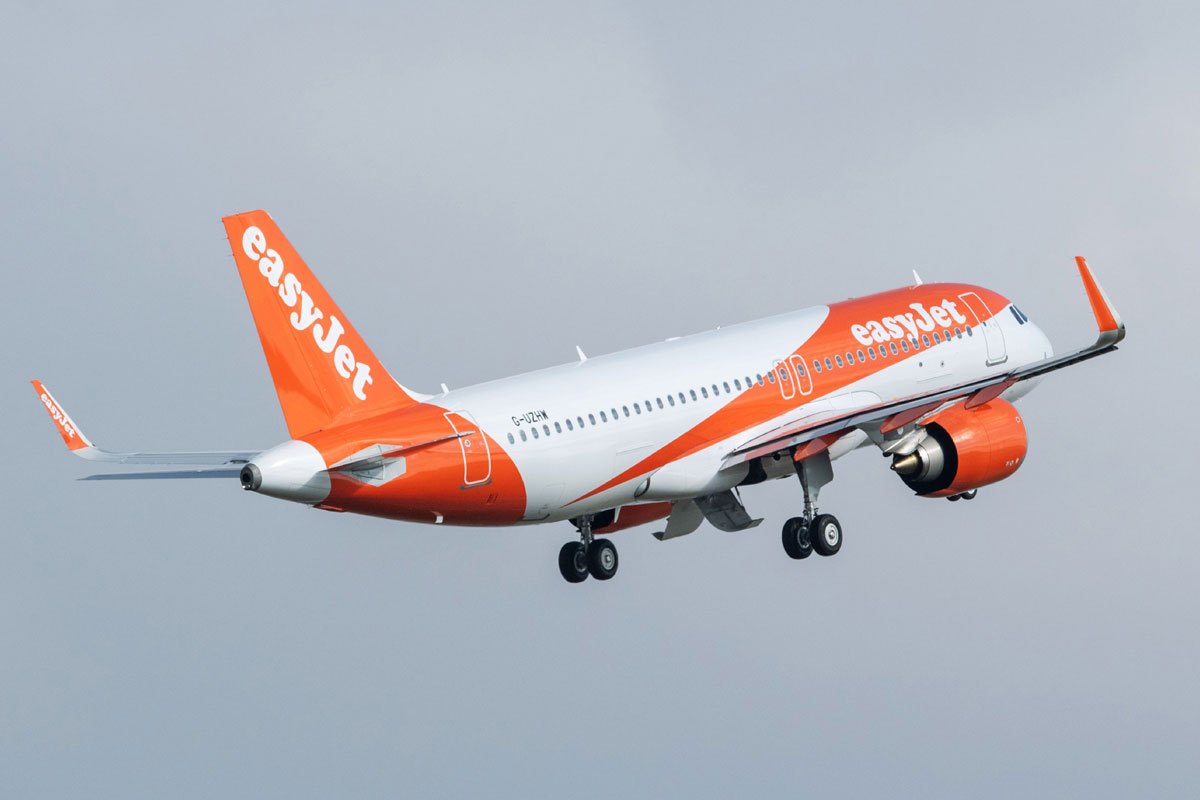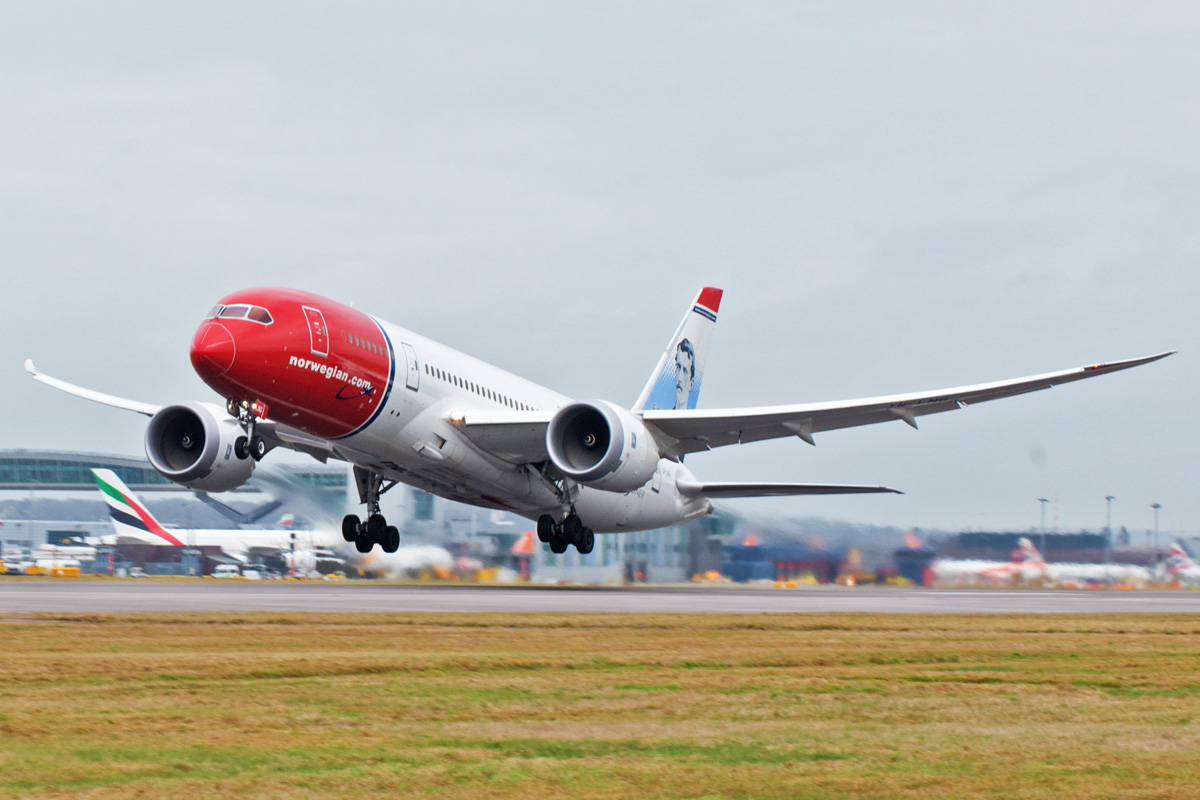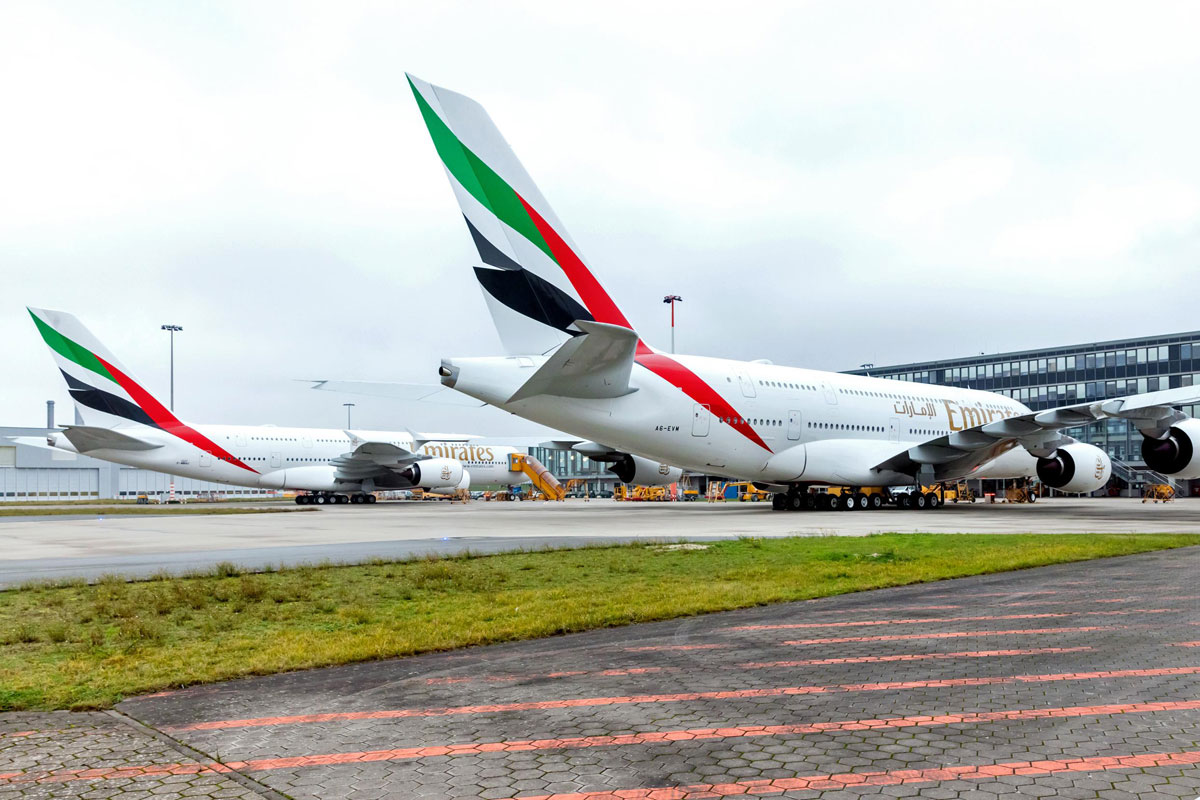LATAM practically decided to close its order for A350 aicraft with Airbus. The information, although not confirmed by the airline, appears in the planemaker’s order and delivery report.
According to the data, LATAM reduced its order for the widebody from 25 to just 15 units, 13 of which have already been delivered. There are only two A350-1000 left, the largest capacity variant of the jet, which are due to be delivered only in the second half of the decade – if in fact they are maintained.
Four A350-900 and six A350-1000 have been removed from the order and are expected to have their positions on the assembly line transferred to Delta Air Lines. The U.S. airline acquired 20% of LATAM shares at the end of 2019, which had anticipated that its new partner would take the remaining Airbus jets.
TAM order
The relationship between LATAM and the A350 aircraft has been going on for 15 years, starting with TAM, the Brazilian airline that joined LAN Chile to create the largest group in the sector in Latin America. A traditional Airbus customer, the company was one of the first to announce a Memorandum of Understanding for the new jet in 2005.
In this prior agreement, TAM committed to order eight A350 jets with an option for seven more aircraft. At the time, the project was still being defined, but Airbus promised to deliver the first planes in 2012. In December 2005, two months after the official launch of the new aircraft, TAM signed a contract for 10 A350-900 and five more options, with the forecast to start receiving its units seven years later.
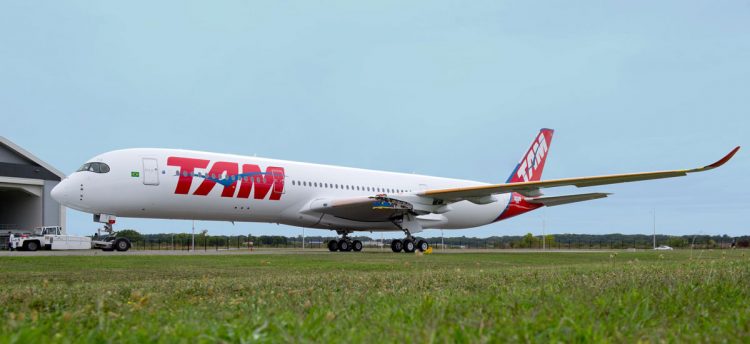
In June 2007, the Brazilian airline announced another Memorandum of Understanding, to expand its order to 22 A350-900. TAM’s president at the time, Marcos Bologna, stated that “very confident that this aircraft will set new standards of passenger comfort, operating economics and low emissions in our growing long-haul markets”. The confirmation of the extra order took place in January 2008 making the company the largest customer of the A350XWB.
At the 2010 ILA Show, the airline added five more A350s to the order, reaching 27 widebodies. Weeks after signing this order, TAM and LAN announced the merger agreement between them, which was confirmed in 2011. Since then, the new aircraft has moved from the company’s future to an aircraft of uncertain use.
Directed by Chilean partners, LATAM inherited LAN’s strategy, centered on a fleet of long-range jets from Boeing – the versatile 767 and the brand new 787, which would start to be received in 2012. The rival A350 would take another three years to enter service in LATAM’s Brazilian division.
In December 2015, the first A350-900 was delivered to TAM, which still used its livery and brand. The company was the fourth in the world to receive the advanced aircraft that debuted in service in March 2016 on the São Paulo-Miami route.
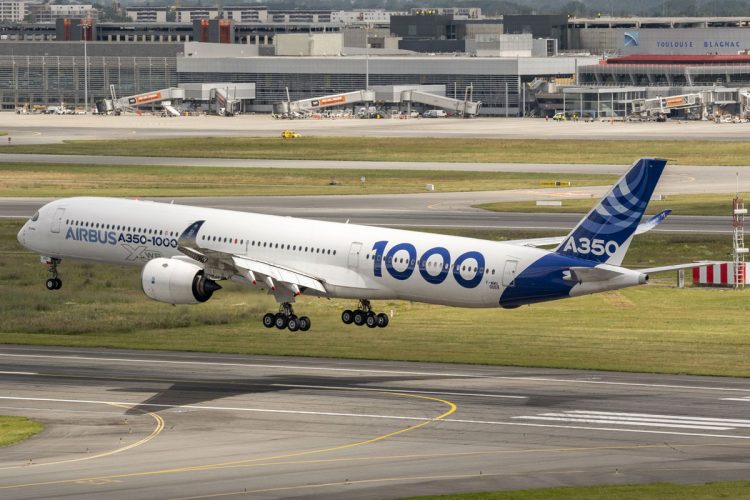
Moving to the A350-1000
In mid-2016, TAM was replaced by a look that integrated the two airlines under the LATAM brand. The A350-900 was one of the first jets to exhibit this new style. At the same time, the company’s new management decided to change the order by replacing 14 A350-900s with the largest and newest A350-1000.
At the end of 2017, however, LATAM changed again and reverted two A350-1000 to the -900 model again. Just over a year later, a new change: four more A350-1000 converted to A350-900. In addition, these models were transferred to the lessor BOC Aviation, with 25 units remaining in the order.
Due to the economic crisis in Brazil, LATAM leased four of the seven A350s it had received, passing them on to Qatar Airways, which is also a minority partner of the company.
Although efficient, Airbus’ long-range jet did not have a major impact on LATAM’s international network. Currently, there are 10 aircraft, the same number of the largest and less efficient Boeing 777-300ER, which were considered expendable by the company.
As a result, the A350 ends up being used on some routes exclusively and on others alternating flights with the 777. LATAM’s long-range fleet base ends up being the 13 Boeing 767-300 transferred by the Chilean division and that had the mission to retire the Airbus A330-200.
With no expectation of receiving more planes in the coming years, it remains to be seen what the airline will do with its 36 widebodies (including those leased). The coronavirus crisis is expected to prolong the reduction in international passenger air traffic for a long time and there will certainly be too many planes in the fleet. Other companies have chosen to retire the older aircraft, but until now it is not known which way LATAM will follow.



